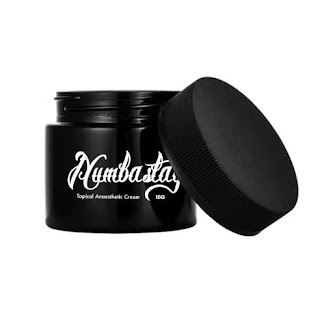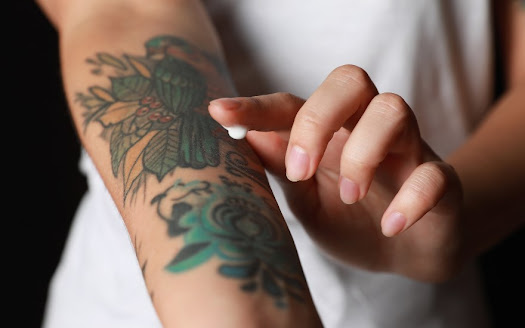What should you know about the baby numbing cream?
Medications known as best baby numbing cream provide the same role as a local anaesthetic by lowering the patient's sensitivity to pain in the regions to which they are administered. These creams function by inhibiting the transmission of nerve impulses throughout the body.
A broad range of situations call for the application of the creams, including prior to more modest surgical operations, diagnostic tests like mammography, and the administration of injections to children. Before undergoing cosmetic treatments such as microdermabrasion, filler injection, waxing, body piercing, or tattoo application, numbing lotions that are applied to the skin are increasingly being utilised.
While certain baby numbing cream may be purchased without a doctor's prescription (OTC), others can only be obtained with one. Regardless of the situation, it is essential to utilise one under the supervision of a medical professional.
How to apply numbing cream for baby?
When using numbing cream, it is important to follow the instructions provided by your healthcare professional, as well as those on the prescription label or product insert. Only use the amount that is advised for the amount of time that is mentioned.
For instance, your healthcare professional may instruct you to use a numbing lotion several hours before a surgical treatment. This will help minimise any discomfort you may have. It is not beneficial to begin using the cream before this period, and doing so may have unfavourable consequences.
In order to reduce the risk of experiencing a life-threatening overdose, it is recommended that you take the least quantity of medication that is safe to do so. Make sure that you are aware of the correct amount of cream that should be applied. Before applying a numbing cream to a kid, you should first consult with their physician.
Under no circumstances should numbing cream be applied to skin that is inflamed, swollen, painful, cracked, or otherwise damaged. When you are prepared to use the cream, you may do so.
When It Is Necessary to Seek Medical Help
You should get in touch with your healthcare practitioner as soon as possible if you (or your kid) encounter any of the following:
- Bruising or a haze that is purplish-black in colour may form on the skin.
- Confusion, hazy vision, or ringing in the ears may be experienced.
- A severe burning sensation, a stinging sensation, or discomfort at the site where the numbing cream was given
- Sudden dizziness or sleepiness
- An increase in size or redness
Although there are a variety of options, the active component in many numbing lotions for the skin is lidocaine. Baby numbing cream is available in preparations accessible only with a doctor's prescription at a concentration of 5 percent of the active component, but preparations available without a doctor's prescription include a concentration that is much lower.
It is reasonable to anticipate some minor adverse effects, such as changes in skin colour, itching or a rash, or moderate burning. Other possible side effects include: Burning that is severe, inflammation, or any indications of an allergic response should prompt you to seek medical assistance. If you want to prevent major reactions, numbing your skin should be done with the least quantity of cream feasible.
Demonstrating the application
Instead of just asking your healthcare practitioner how much of the cream to apply, try the following: You should request that they demonstrate it for you, possibly by substituting another cream or lotion for the numbing cream. In this manner, you will be able to have the confidence that you can administer the recommended dosage on your own in the future. Brand-to-brand, numbing cream ingredients differ. To know more information about baby numbing cream to contact Numbastay.





Comments
Post a Comment